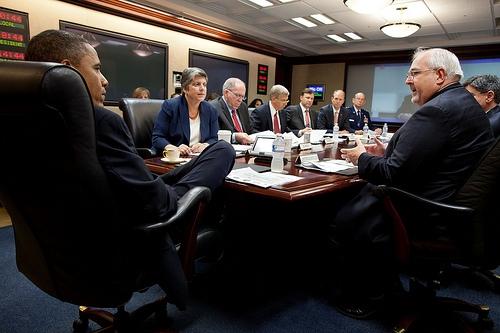Over the past few weeks firefighters from local, state, and federal agencies have been tirelessly working to battle several large fires across the country. Most importantly, we want to recognize their sacrifice and determination to protect lives and property. Thousands of first responders from all levels of government have come together to bravely fight the blazes on the front lines.
FEMA continues to coordinate closely with our state, local, and tribal partners as the fire fight continues. In 10 instances since June 1, FEMA has made financial assistance available to support the firefighting efforts for fires in Montana, Utah, Colorado, and New Mexico. This assistance is provided through Fire Management Assistance Grants (FMAGs).
FMAGs provide financial assistance so firefighters and first responders can focus all their efforts on reducing the negative impacts of the fire. An FMAG authorization makes FEMA funding available to pay 75 percent of the state's eligible firefighting costs, under an approved grant structure.
Items eligible for FMAGs can include expenses for field camps; equipment use, repair and replacement; mobilization and demobilization activities; and tools, materials and supplies.
In case you’re interested in the specifics, the program allows for the “mitigation, management, and control” of fires burning on publicly or privately owned forest or grasslands which threaten such destruction as would constitute a major disaster. FMAGs are provided through the President's Disaster Relief Fund and made available by FEMA to assist in fighting fires that threaten to cause a major disaster.
A note on FMAGs: These grants do not provide assistance to individual home or business owners and do not cover other infrastructure damage caused by the fire.
Other federal partners, such as the U.S. Forest Service and Department of Interior, are working through the National Interagency Fire Center (NIFC) to provide the necessary assets such as fire engines, helicopters, air tankers and military support to help suppress the fires. You can find more about the federal government's role at inciweb.org.
Due to summer temperatures and dry conditions, the threat of wildfires will likely continue in the coming weeks and months. If you’re in an area that may be impacted by wildfires, remember these safety tips:
- Create a emergency kit and plan to ensure your home, family, or business is prepared for wildfires.
- Listen to and follow the guidance of state and local officials. If authorities order an evacuation, leave immediately, follow evacuation routes announced by local officials.
- Create an area of “defensible space” around your home. Clear items that will burn from around the house, including wood piles, lawn furniture, barbecue grills, tarp coverings, etc.
- If you’re caught in the open during a wildfire, the best temporary shelter is in a sparse fuel area. Clear fuel away from the area while the fire is approaching and then lie face down in the depression and cover yourself. Stay down until after the fire passes.


